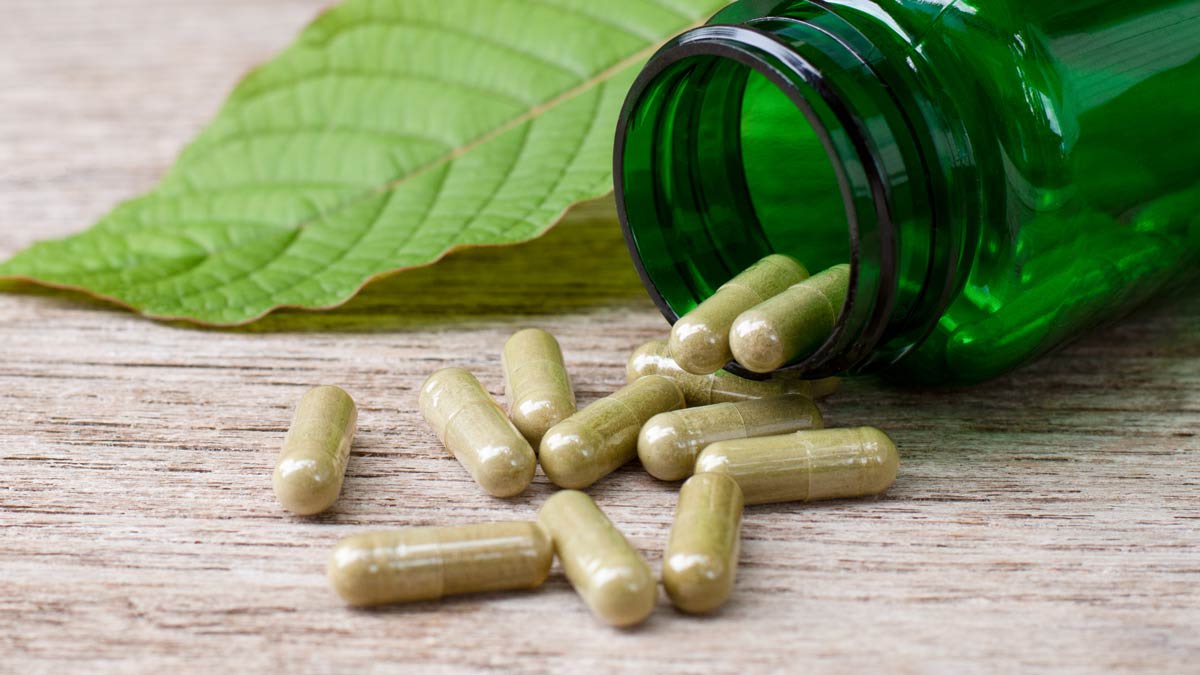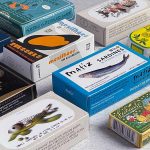
While kratom is not categorized as an opioid, like heroin and morphine, it can produce opioid-like effects in users, such as relaxation and pain relief.
The leaves contain two major psychoactive ingredients, mitragynine and 7-hydroxymitragynine (7-OH), that attach to the same parts of the brain as opioids, called mu-opioid receptors. However, kratom is what’s known as a partial opioid agonist, meaning that it produces a weaker response in the body compared with traditional opioids, which are full agonists.
“Kratom acts on some of the same receptors as classical opioids like morphine and heroin, except that the overdose risk on kratom is a thousand times less,” says Marc T. Swogger, PhD, a clinical psychologist at the University of Rochester Medical Center in N.Y. “Kratom withdrawal is also substantially less debilitating than withdrawal from classical opioids—however, that doesn’t mean some people don’t really get into trouble with it.”
A small number of deaths have been linked to kratom products, with nearly all cases involving people taking other drugs at the same time or ingesting kratom containing impurities. It appears that fatal overdose from taking kratom leaf alone is extremely rare.
But there’s a big difference between products that contain kratom leaf and products that contain concentrated forms of 7-OH. The relationship between kratom and 7-OH can be thought of as similar to that between poppy flowers and morphine. “7-OH is much more potent than kratom, meaning it takes far less for you to get the same effect, and it’s sold in higher doses,” says Levy. These products may not be clearly or accurately labeled as to their 7-OH content and are sometimes marketed as kratom.
“In the last five to six years, we’ve seen a shift from just dried kratom leaf material to extracts and semi-synthetic derivatives,” says Grundmann. “They are labeled and sold as kratom, but they’re not kratom because they do not contain the same range of compounds that are found in the leaf material.”
Because 7-OH acts like a prescription opioid with a high potential for dependence, there’s a movement to regulate or ban it. In July, the Food and Drug Administration recommended that the Drug Enforcement Agency classify concentrated forms of 7-OH (but not kratom leaf) as a controlled substance, and the DEA is currently reviewing the recommendation. Florida banned 7-OH in August, and later took steps to remove products from gas stations, vape shops, and convenience stores across the state.









